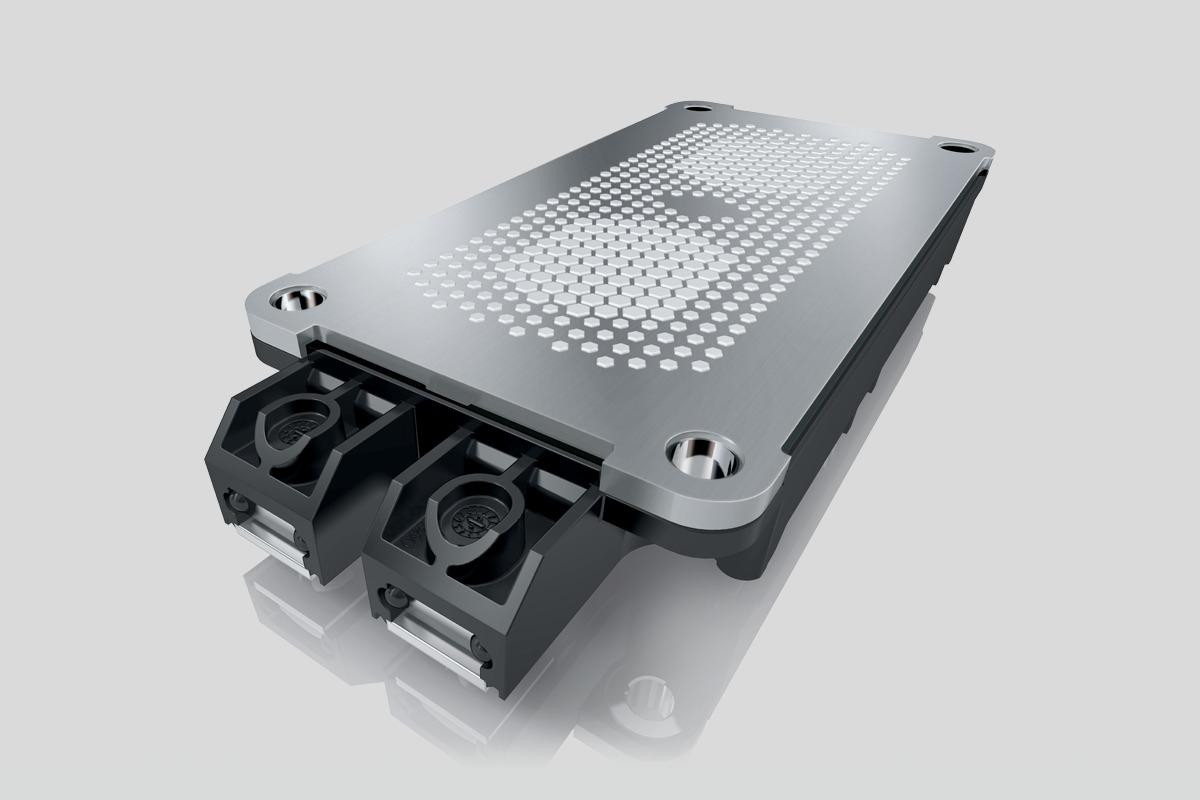Stay Cool: Heat Dissipation is Our Job

We design print patterns for each module type for the best TIM distribution and thickness when the module is mounted to a heatsink. These patterns are printed on the modules in a clean environment on an automated silkscreen and stencil printing line. Statistical process control (SPC) is used to guarantee consistency. Special packaging is implemented to ensure that the TIM arrives at your production line in pristine condition.
Semikron Danfoss offers either thermal grease or phase change material depending on customer requirements (e.g. performance increase, reduced handling effort) and module type (with or without baseplate). The reliable assembly of baseplate-less modules is aided by a low-viscosity material such as thermal paste. Our High Performance Thermal Paste (HPTP) achieves this and, with optimized filler content, provides best in class thermal performance.

Alternatively, for ease-of-handling during assembly, most power modules are also available with pre-applied phase change material (PCM). Phase change materials have a solid consistency at room temperature. With the application of heat during first operation, the PCM flows to fill gaps and provide a thermal interface. With HP-PCM, the new Semikron Danfoss-exclusive High Performance Phase Change Material, we combine the benefits of a phase change material with the performance of the best available paste.
